Incontinence is partial or complete loss of bladder and/or bowel control. It is neither a disease nor a syndrome, but a condition. It is frequently a symptom of other medical issues, and sometimes the result of certain medications. It affects more than 25 million people in the United States, and one out of every three people will experience a loss of bladder control at some point in their lives.
Bladder Health Statistics
- Urinary incontinence affects 25 million Americans
- One out of every three people between the ages of 30 and 70 have experienced loss of bladder control
- More than 30% women over the age of 45 – and more than 50% of women over the age of 65 – have stress urinary incontinence
- 50% of men report leakage from stress urinary incontinence following prostate surgery
- 33 million people suffer from overactive bladder
- There are more than 4 million doctor’s office visits each year for urinary tract infections (UTIs)
- Pelvic organ prolapse affects 3.3 million women in the United States
- 19 million men have symptomatic benign prostatic hyperplasia
Incontinence affects men and women worldwide, of all ages and all backgrounds. It can be distressing and embarrassing to deal with, causing individuals and loved ones a great deal of anxiety. Some types of incontinence are permanent, while others may only be temporary. Managing incontinence and gaining control over it begins with understanding why it happens.
Types of Incontinence
There are seven types of incontinence:
- Urge Incontinence. Individuals with urge incontinence feel a sudden, intense urge to urinate, quickly followed by an uncontrollable loss of urine. The bladder muscle contracts suddenly, giving a warning of sometimes only a few seconds. This can be caused by a number of different conditions, including strokes, cerebral vascular disease, brain injury, Multiple Sclerosis, Parkinson’s disease, Alzheimer’s disease or dementia, among others. Infections or inflammation caused by urinary tract infections, bladder or bowel problems or a prolapsed uterus may also cause urge incontinence.
- Stress Incontinence. Individuals with stress incontinence lose urine when the bladder is pressured – or “stressed” – by internal abdominal pressure, such as coughing, laughing, sneezing, exercising or lifting something heavy. This usually happens when the sphincter muscle of the bladder has been weakened by anatomical changes, such as childbirth, aging, menopause, UTIs, radiation damage, urological or prostate surgery. For individuals with stress incontinence, the pressure in the bladder is temporarily greater than the urethral pressure, causing involuntary urine loss.
- Mixed Incontinence. Mixed incontinence refers to an individual with more than one type of incontinence. The most common combination is stress and urge incontinence. Most women with incontinence have both stress and urge symptoms, and in men who have had prostate removal or surgery for an enlarged prostate. Older individuals of any gender are also susceptible to mixed incontinence.
- Overflow Incontinence. Individuals with overflow incontinence are unable to completely empty their bladder. This leads to a bladder that becomes so full that bladder muscles can no longer contract in a normal manner, and urine frequently overflows. Causes of overflow incontinence include an obstruction in the bladder or urethra, a damaged bladder, prostate gland problems, or impaired sensory input to the bladder – such as nerve damage from diabetes, Multiple Sclerosis or spinal cord injury.
- Functional Incontinence. Individuals with functional incontinence have a urinary system that works normally most of the time – they simply do not make it to the bathroom in time. Functional incontinence is frequently a result of physical or mental impairment. Physical and mental limitations that cause functional incontinence may include severe arthritis, injury, muscle weakness, Alzheimer’s and depression, among others.
- Iatrogenic Incontinence. Iatrogenic incontinence is drug-induced incontinence. Some drugs, such as muscle relaxants and nervous system blockers, may result in weakening the sphincter muscle. Other drugs, such as antihistamines, may block the normal transmission of nerve impulses to and from the bladder.
- Reflex Incontinence. Sometimes called “unaware” or “unconscious” incontinence, reflex incontinence is caused by nerve damage. In individuals with reflex incontinence, urine leaks without a warning or urge to urinate; the bladder simply contracts at the wrong time. This type of incontinence may be the result of health conditions such as multiple sclerosis or from trauma such as a spinal cord injury. While the causes of reflex incontinence are similar to those with urge incontinence, individuals with urge incontinence can feel the sudden urge to urinate. Individuals with reflex incontinence generally have no “urge” or sensation before a large loss of urine.
While the following terms are not types of incontinence, you might also hear the phrases “total incontinence” or “transient incontinence” when discussing this condition. The term “total incontinence” refers to a total loss of urinary control, resulting in continuous urine loss throughout the day. The term “transient incontinence” refers to incontinence that is triggered by temporary causes.
Treatment Options
Treatment options for urinary incontinence depend on its type and severity, as well as its underlying cause. Your doctor may recommend bladder training, diet management, physical therapy or medications. In some cases, your doctor may suggest surgery, injections or medical devices as part of treatment.
Whether your incontinence is permanent, treatable or curable, there are many products available to help individuals manage their symptoms and gain control over their lives. Products that help contain urine, protect skin, promote self-care and allow for the normal activities of day-to-day life are an important part of treatment.
Incontinence Products
Your doctor may suggest any of the following incontinence products to help manage symptoms:
Liners or Pads: These are recommended for light to moderate loss of bladder control, and are worn inside your own undergarments. They come in discreet, form-fitting shapes that conform closely to the body, and adhesive strips hold them in place inside your preferred undergarment.
Undergarments: Describing products such as adult pull ups and belted shields, these are recommended for moderate to heavy loss of bladder control. They provide high-volume leakage protection while being virtually undetectable under clothing.
Diapers or Briefs: Diapers/briefs are recommended for heavy to complete loss of bladder or bowel control. They are secured by side tabs, and are normally made from highly absorbent and lightweight materials.
Drip Collectors/Guards (male): These slip over and around the penis to absorb small amounts of urine. They are designed to be used in close-fitting underwear.
Underpads: Large, absorbent pads, or “chux,” are recommended for surface protection. Flat and rectangular in shape, they provide additional wetness protection on bedding, sofas, chairs and other surfaces.
Quilted Waterproof Sheeting: These flat, waterproof quilted sheets protect mattresses by preventing passage of fluids.
Moisturizing Cream: A protective moisturizer that is designed to protect skin from damage by urine or stool. This cream lubricates and softens dry skin while protecting and promoting healing.
Barrier Spray: Barrier spray forms a thin film that protects skin from irritation caused by exposure to urine or stool. When used regularly barrier spray reduces risk of skin breakdown.
Skin Cleansers: Skin cleansers neutralize and deodorize skin from urine and stool odors. Skin cleansers are designed to be gentle and non-irritating, and they do not interfere with normal skin pH.
Adhesive Removers: Adhesive removers gently dissolve barrier film on skin.
For more information, see related articles and incontinence resources here:
- Types of Incontinence
- Free Living Well with Incontinence Guide
- How Common is Incontinence?
- Famous People with Incontinence
- Recorded Webinar: Living Well with Incontinence Video
You can also learn more at the National Foundation for Continence.







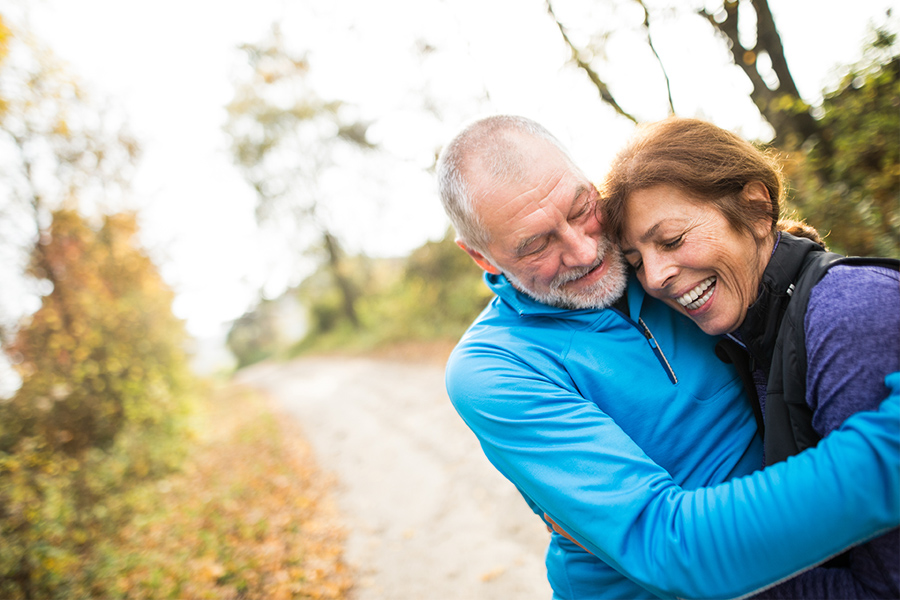


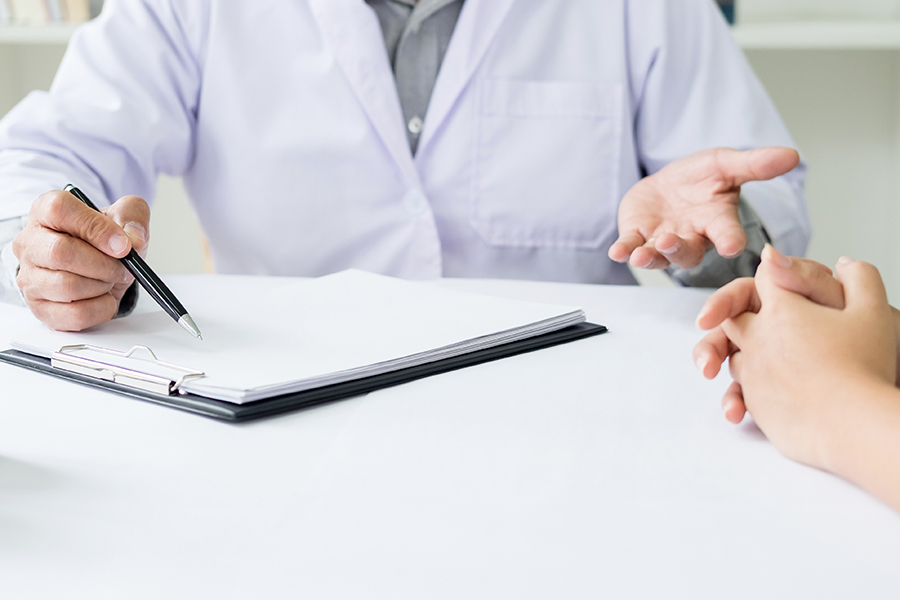
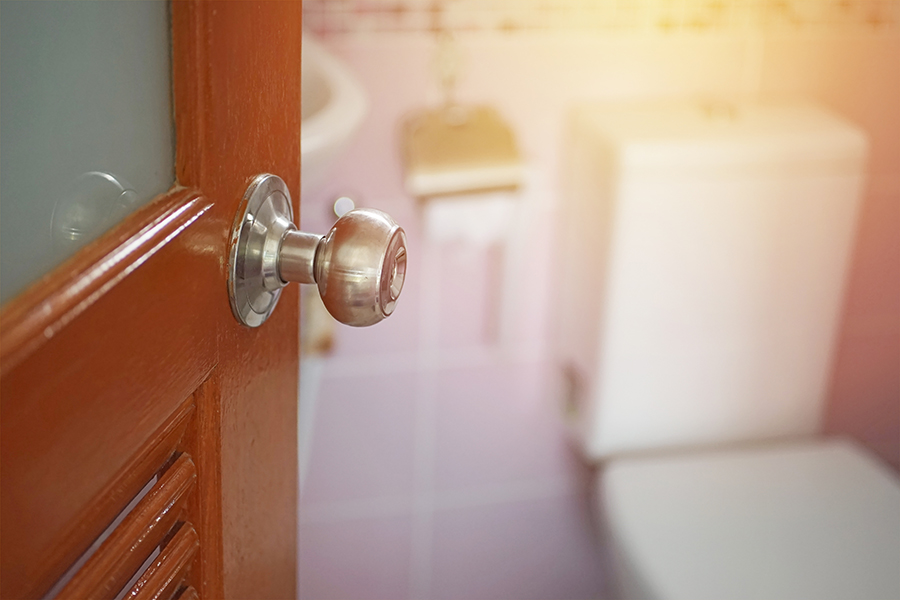
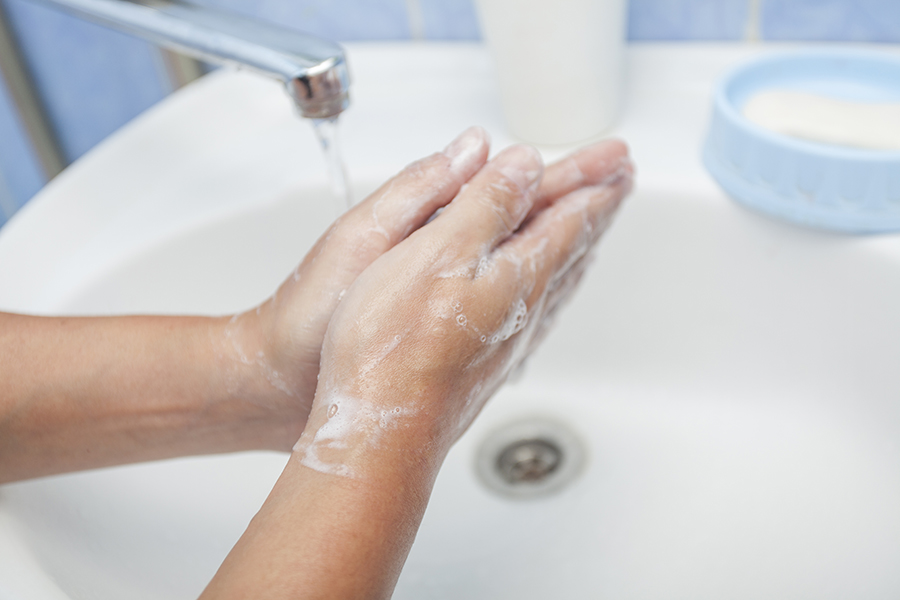
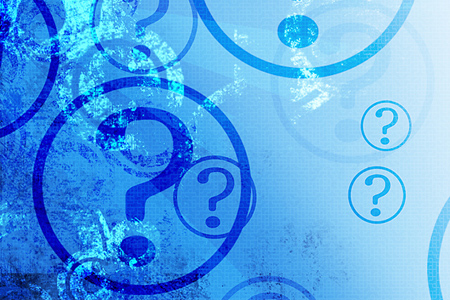
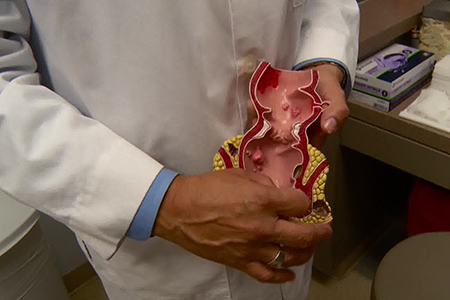
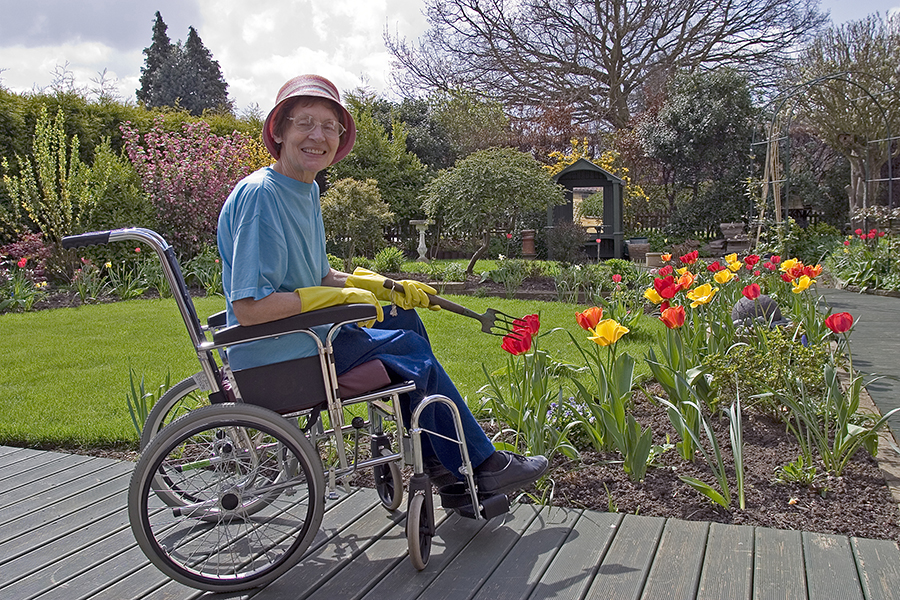
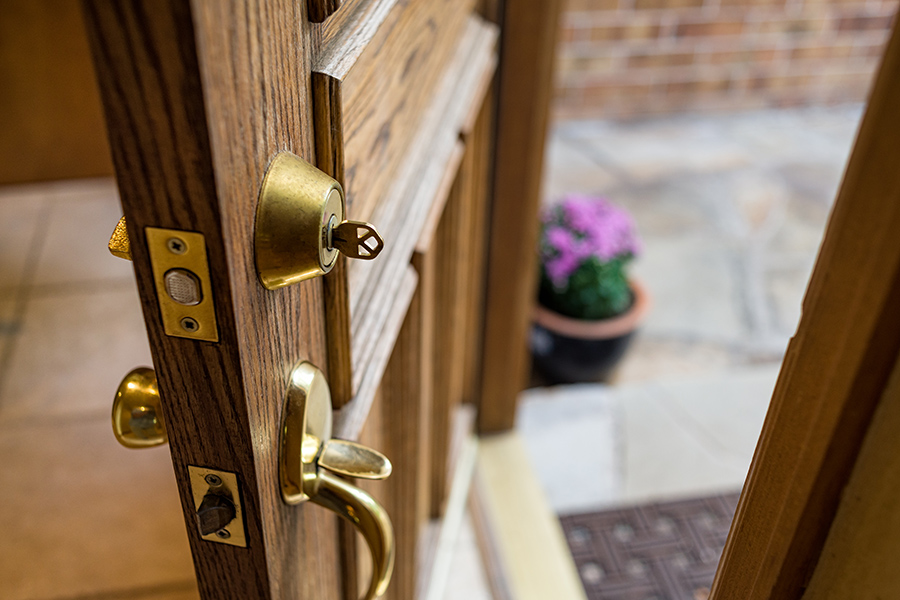

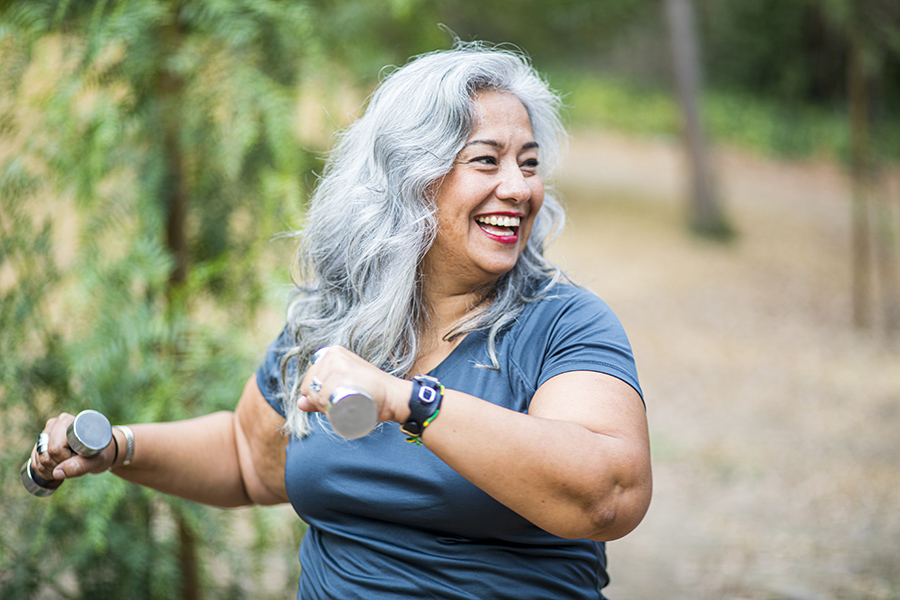

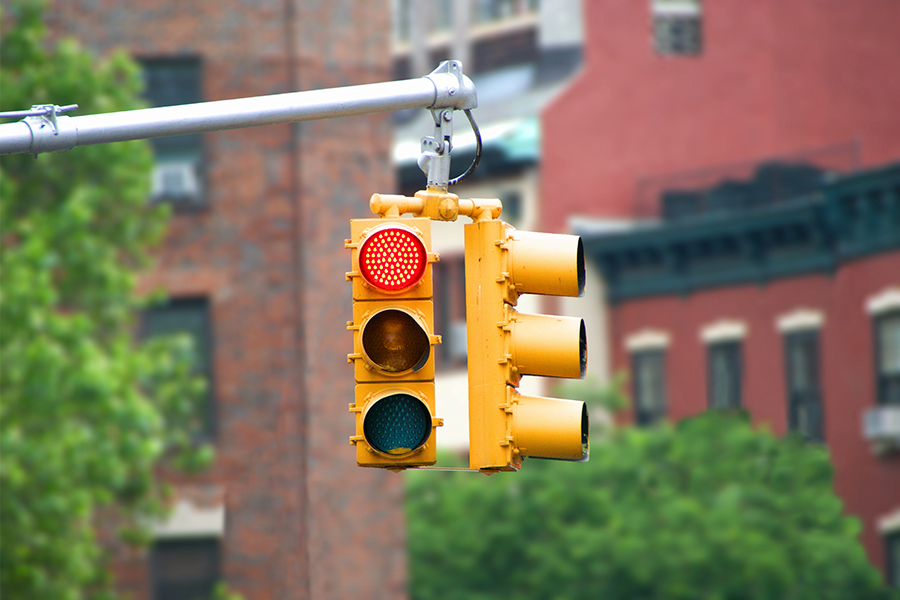
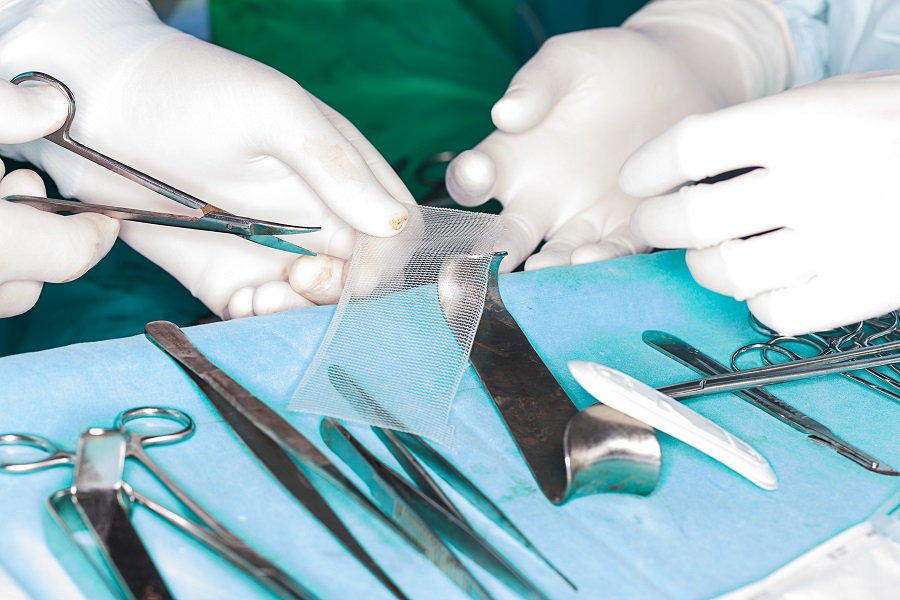


My Mother has problems with urine infection . That’s causing her to walking and she been disenezz and light headed they gave her some medicine but when she finish her medicine she doing good for couple of months than she gets the infection back what would you advise me to .